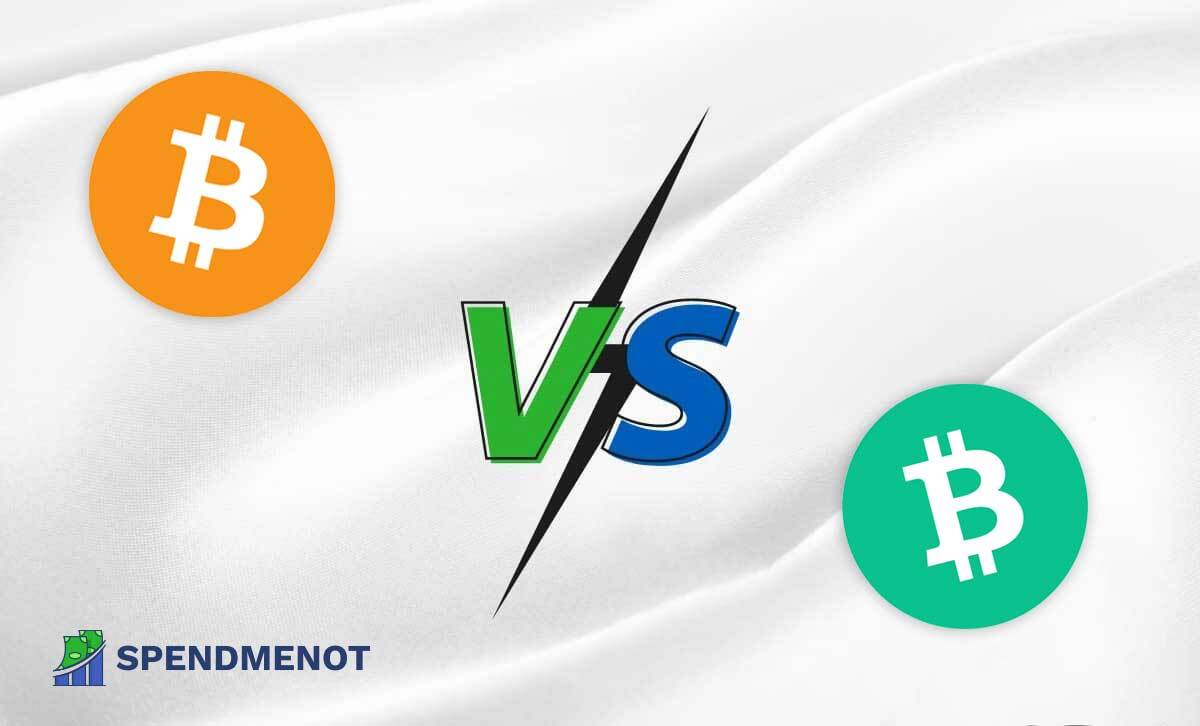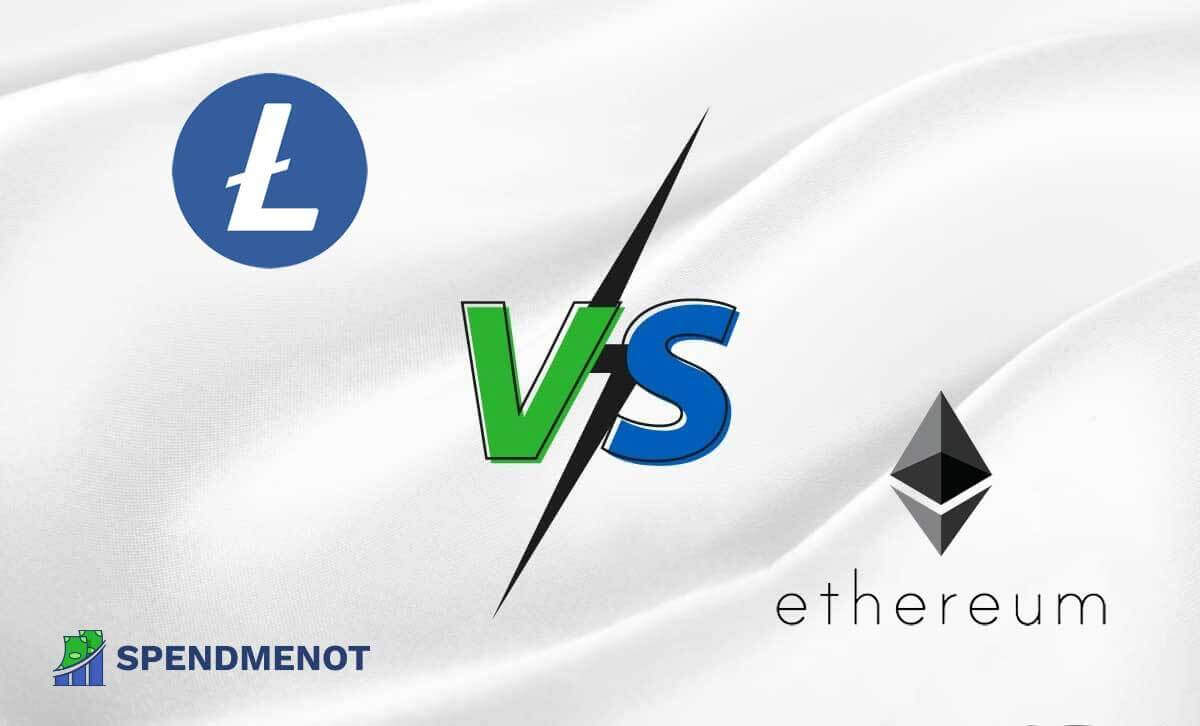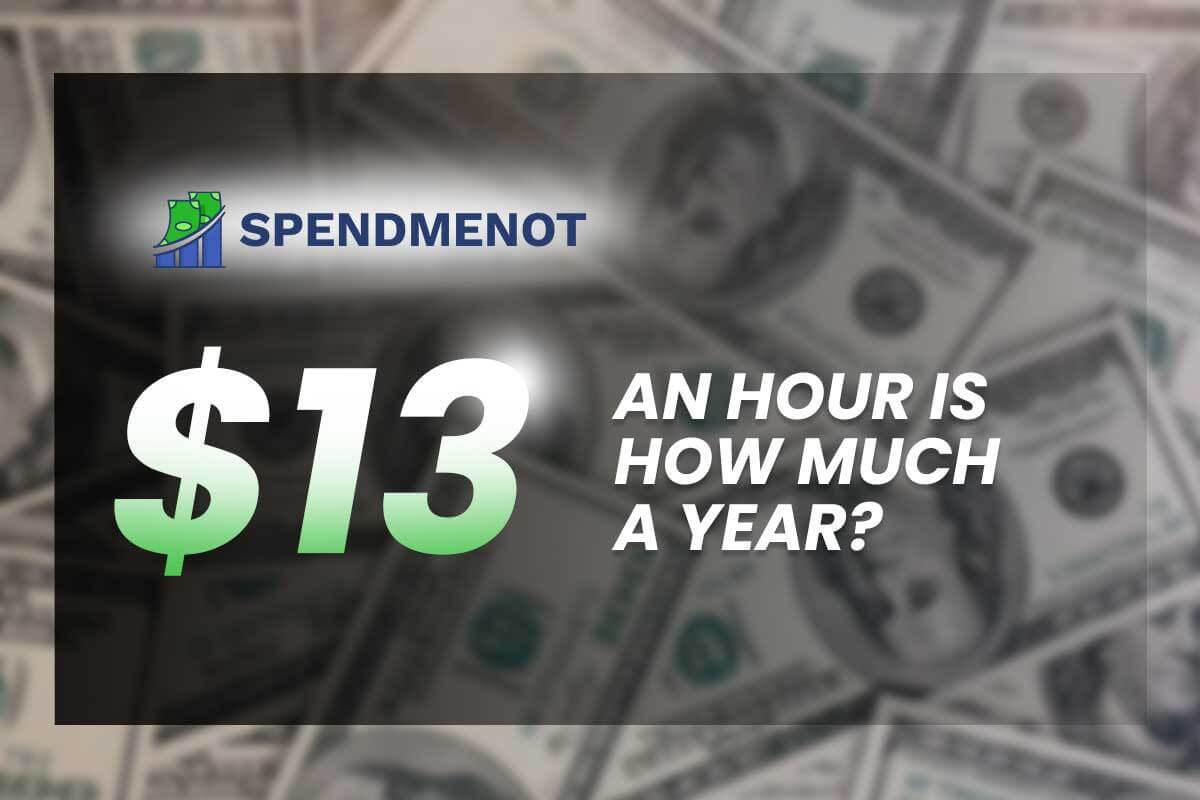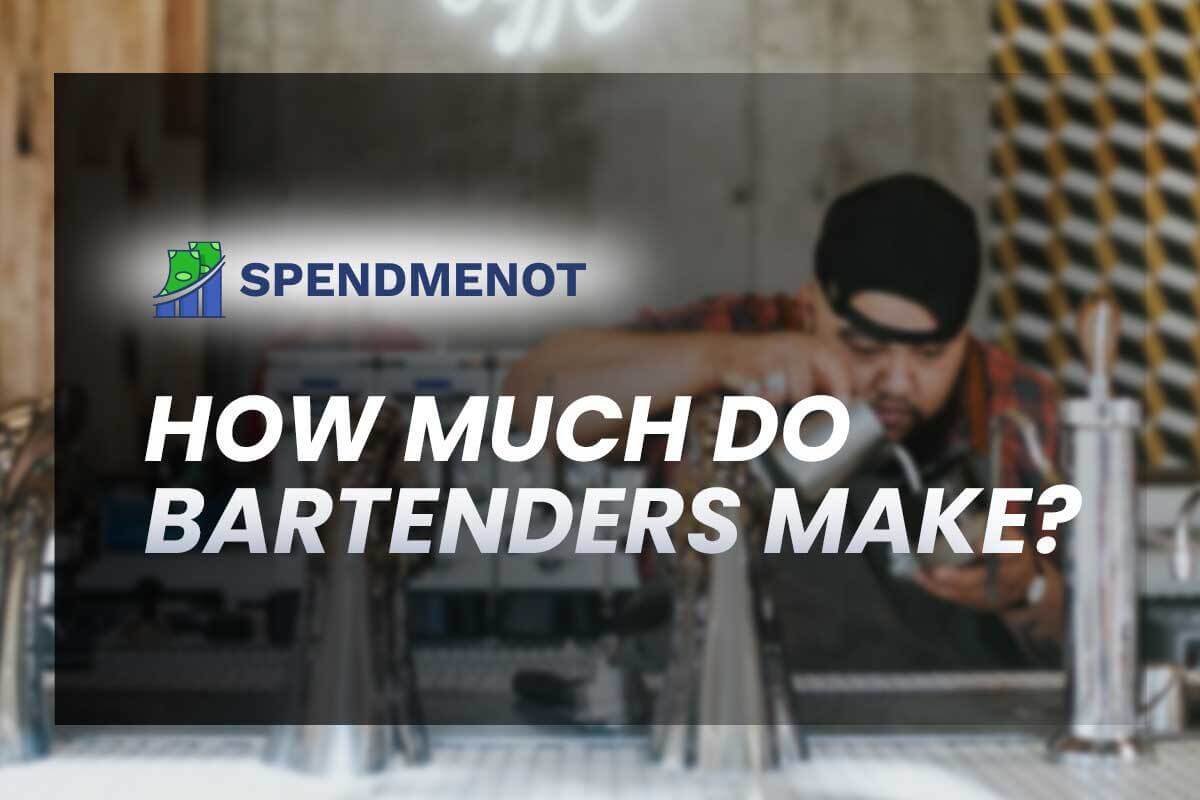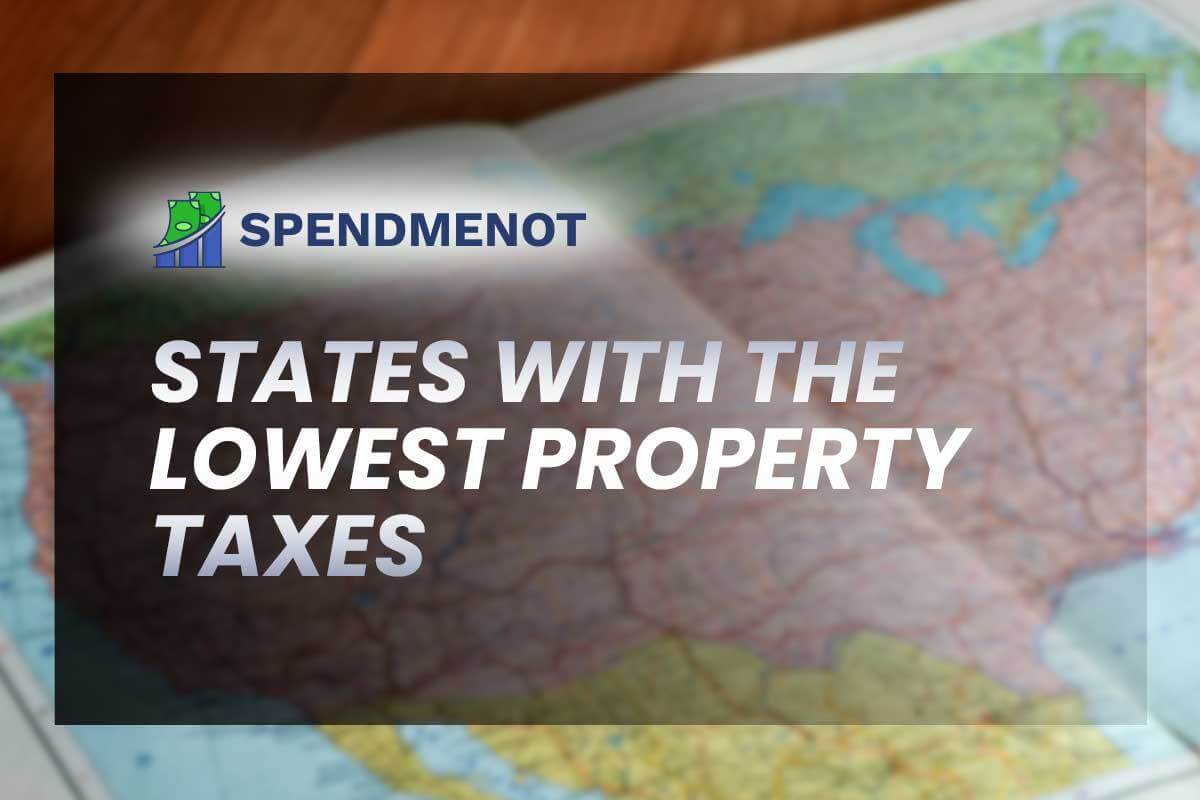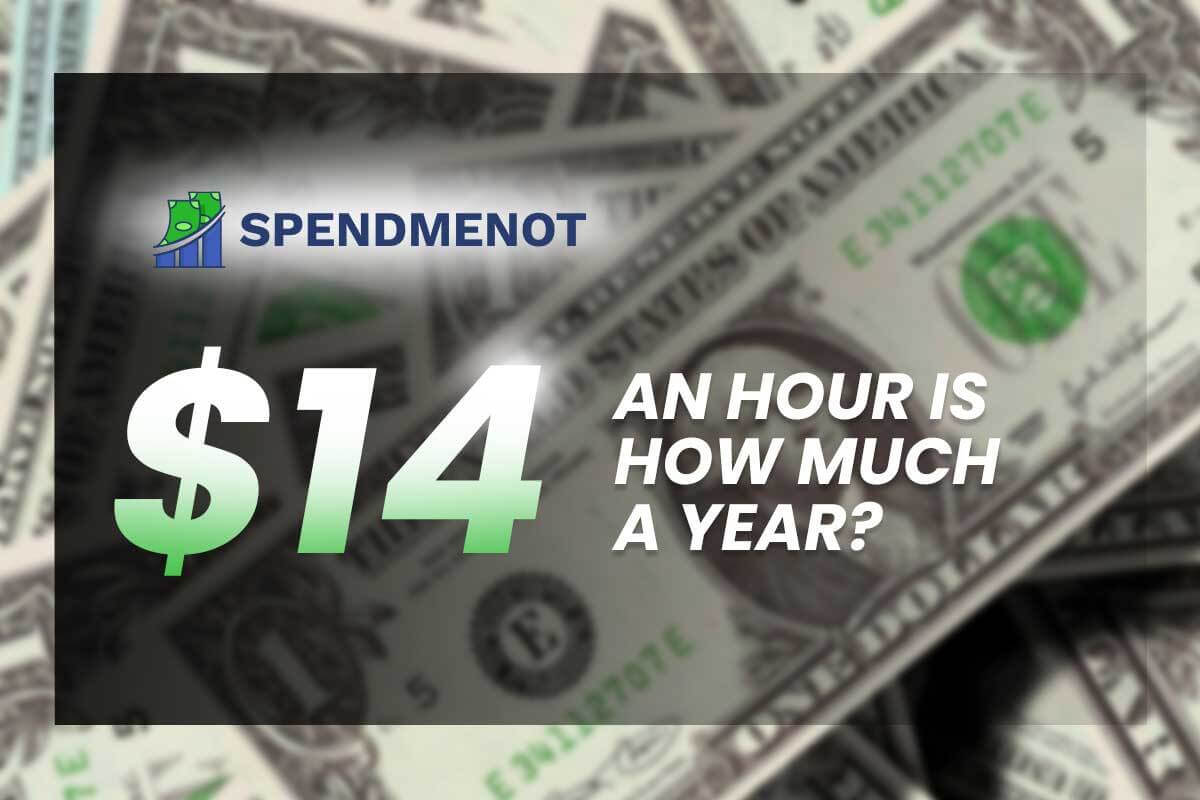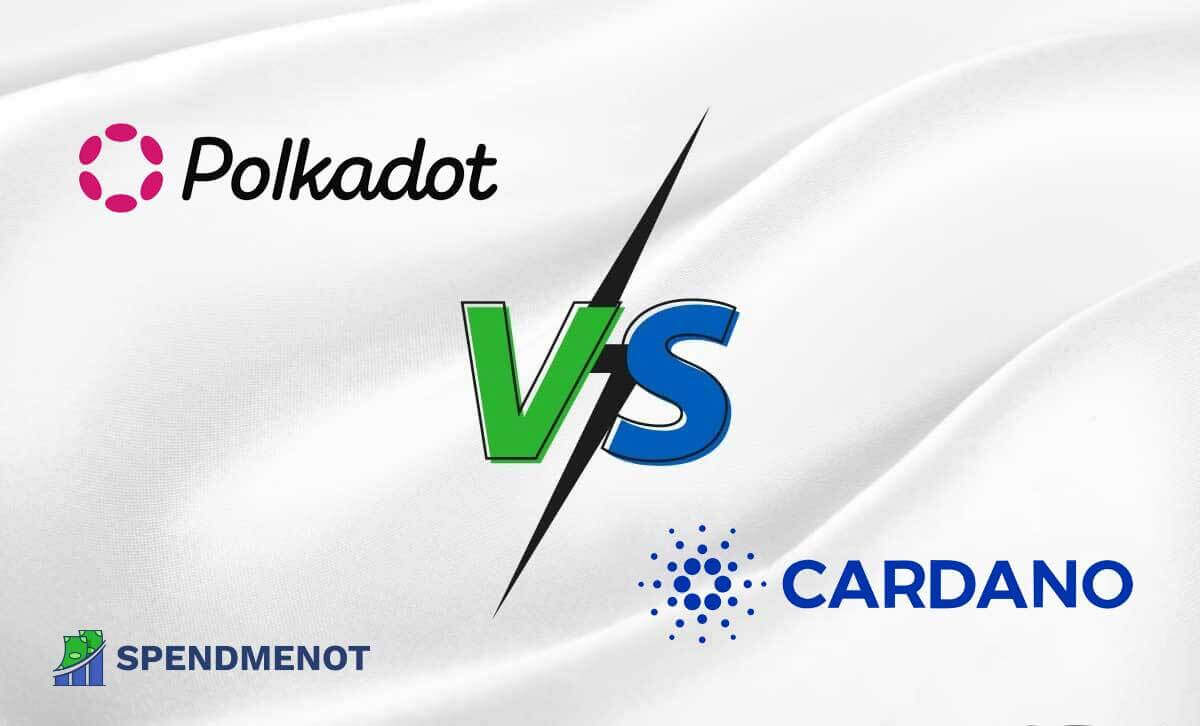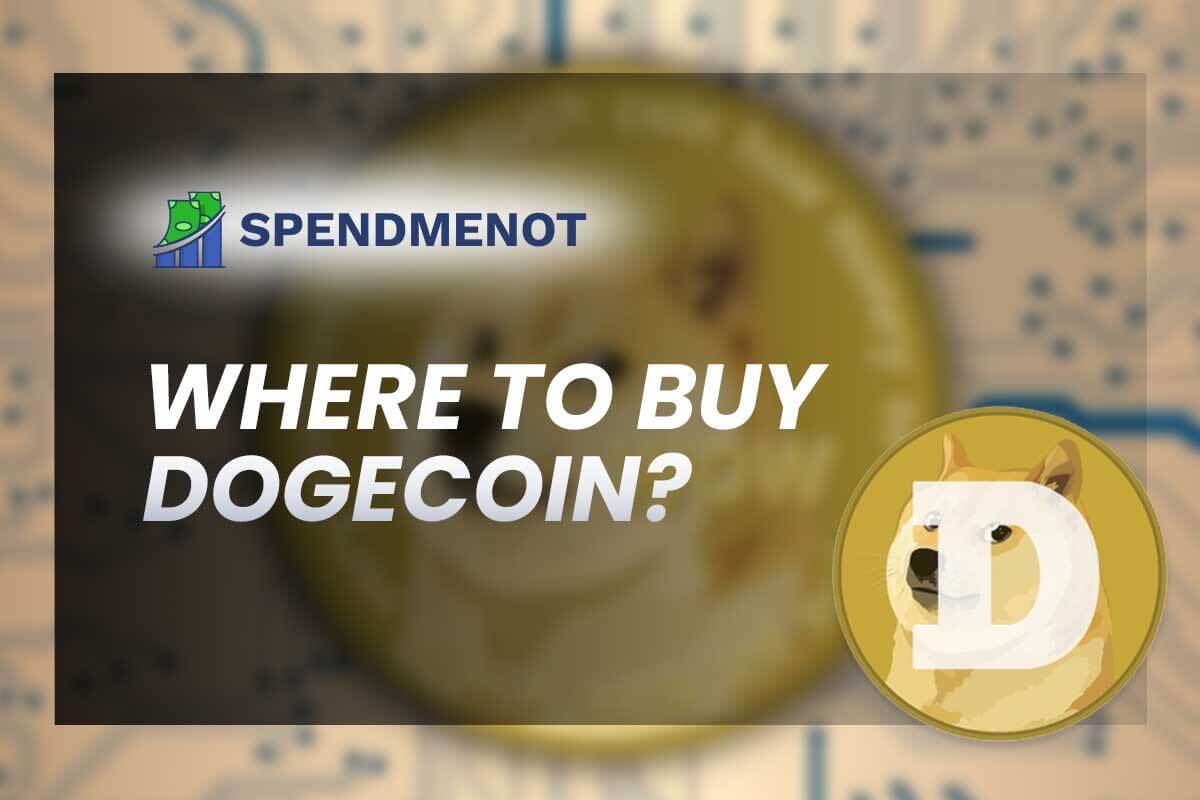How Much Does eBay Take?
Last Updated: January 11, 2023
It’s never been easier to become a merchant. In the past, you only had access to your local market. Now, with online marketplaces like eBay, you can reach a vast audience from around the globe without even leaving your home.
Of course, this service doesn’t come for free. So, how much does eBay take?
Does eBay Take a Cut from Item Listings?
To maintain its operations, eBay takes a cut of every transaction made. However, listing an item on the platform is free for most sellers. Only those who list more than 250 items per month start paying a $0.35 insertion fee for every extra item.
While these eBay listing fees may not be that costly, with a huge volume of items, they can significantly offset your profitability.
If you expect your trade volume to surpass the 250-a-month threshold, you might want to look for a store package that increases the number of your zero insertion fee listings per month. These packages are:
- Basic store package: 1,000 fixed price and 250 auction-style bids in specific categories. You also get additional 10,000 fixed pricing listings in select categories.
- Premium store package: 10,000 fixed price and 500 auction-style bids in specific categories. You also get additional 50,000 fixed pricing listings in select categories.
- Anchor store package: 25,000 fixed price and 1000 auction-style bids in specific categories. You also get additional 75,000 fixed pricing listings in select categories.
- Enterprise store package: 100,000 fixed price and 2,500 auction-style bids in specific categories. You also get additional 100,000 fixed pricing listings in select categories.
Does eBay Take a Percentage?
While eBay charges a flat fee of $0.30 per order, it also takes a percentage which depends on the product category. Other than this, there’s a specific threshold of sale value where the percentage taken by eBay is significantly diminished. For instance:
- Vinyl records, parts, accessories, tools, supplies, as well as safety and security accessories, are charged 12.9% on the total value of the sale up to $7,500. If the sale is larger than $7,500, the percentage taken is just 2.35%.
- For books, magazines, and movies, the eBay percentage fee is 14.6%. However, if the sale exceeds $7,500, the percentage is 2.35%.
- Trading coins and paper money will result in a 12.9% fee unless the sale exceeds $7,500. In that case, the fee is just 7% of the total sale value.
- When trading in clothing, shoes, and accessories, the platform takes 15% of the total value. Still, if the value of the sale exceeds $2,000, the fee is just 9%.
- When trading in musical instruments and gear, about 6% of the total value will go on fees. However, if the value exceeds $7,500, the fee is just 2,35%.
- The sales of athletic shoes will result in an 8% eBay commission. If the total value exceeds $100, the fee will rise to 12.9%. This is a unique category in which exceeding the threshold results in a higher fee and not the other way around.
As you can see, the item category and the sale’s value can make a drastic difference, sometimes as much as 10% of the total value.
What Percentage Does eBay Take for Real Estate Listings?
One of the things you might not have known is that you can use eBay for real estate listings. This includes an insertion fee and a notice fee, both of which depend on the listing type.
With that in mind, when it comes to the category of land, manufactured, and timeshare homes:
- Auction-style: The insertion fee is $35, while the notice fee is $35.
- Auction-style or fixed price: The cost is $50 for the insertion fee and $35 for the notice fee (for a 30-day auction or good-until-canceled).
- Classified ad: There’s no notice fee, while the insertion fee is $150 (for a 30-day listing) and $300 (for a 90-day listing).
For commercial, residential, and other estates, the eBay fees for selling are:
- Auction-style: The insertion fee is $100.
- Auction-style or fixed price: The cost is $150 for the insertion fee (for a 30-day auction or good-until-canceled).
- Classified ad: The insertion fee is $150 for a 30-day listing or $300 for a 90-day listing.
If there are no bids or if no bids meet the reserve price, you won’t be charged a notice fee.
Best eBay Alternatives
All those who are dissatisfied with eBay seller fees can consider one of the other online marketplaces. Here’s a brief comparison of some eBay alternatives to help you make up your mind.
eBay vs Etsy
Fees are somewhat lower on Etsy. The art and craft-focused marketplace charges just 6.5% of the total order amount. In addition, listing fees are $0.20, which is lower than $0.30 on eBay. However, on Etsy, there’s no free listing for the first 250 items like on eBay.
Etsy is often seen as a superior platform for content creators, artists, and handmade art makers. On the other hand, eBay is still seen as a superior marketplace for professional sellers, second-hand sellers, and retailers.
eBay vs Craigslist
While Craigslist is often used in a similar way to some other platforms, it’s primarily an advertising site, not an online marketplace like eBay. Therefore, while it has advertising fees (usually $3-$5), it has no seller’s fees. Therefore, compared to the eBay seller fee percentage, it may seem more intuitive to try and sell these items on Craigslist.
Craigslist’s biggest drawback is its ineffective shipping system. In fact, a lot of people who use Craigslist regularly argue that they prefer eBay when international shipments are in question. On the other hand, they reserve Craigslist for regional dealings.
eBay vs Amazon
To start selling on Amazon, you need to select a selling plan. This can be Individual, where you pay $0.99 per month + selling fees (depending on the category). It can also be Professional, where you pay $39.99 per month + selling fees. Needless to say, the latter pays off for those who plan to sell more than 40 items per month. Also, this is usually more restrictive than average eBay fees.
Overall, Amazon seems to be a better option for selling high-quality products. Also, it’s a bigger platform, which is why it has the biggest share of the market. However, eBay doesn’t have restrictions on what can be sold on the site, depending on the quality of the product. On eBay, you can sell virtually anything, which is often exactly what second-hand sellers are looking for.
eBay vs eBid
Fees on eBid are substantially lower than what they are on eBay. However, the trade volume on these two platforms is difficult to compare. Sure, eBay takes more than 10% of the fee, while eBid takes only 3% of the total value. In fact, the fees are usually lower than 3% since this is the cap for how high these fees go.
Still, there’s more to eBid’s more popular competitor than just eBay’s final value fee. The ease of use, the access to the massive bidding system, and a huge populace of potential buyers shouldn’t be underestimated either. Also, there’s the matter of scalability. When the total value order and the number of items pass a certain threshold, in some categories, you can get fees lower than 3% even on eBay.
Tips to Increase Your eBay Sales
While selling on eBay is a task that so many online sellers perform every day, there are tips and tricks to help you get more efficient at it. For instance:
- Listing new items every day is known to be favored by the algorithm. Also, many people use the “newly listed” filter to search for items. Keep in mind that automation options on this platform are numerous, which is why you can automate this function quite effortlessly.
- People who are dissatisfied with eBay’s percentage on sales will find it counterintuitive to spend more money on marketing. However, getting your way to the eBay promoted listings campaign can make a world of difference.
- Proper SEO is worth its weight in gold, which is the same logic you need to apply to your eBay presence. Namely, eBay is a search engine of its own, which is why learning how to use keywords may be a game-changer.
- Managing reviews is the key, and removing negative reviews might help you create a better image of your products. Just make sure not to remove them all (for the sake of authenticity).
- You need to think about your line of work as a long-term thing, which is why eBay costs to sellers shouldn’t be the only thing that concerns you. A generous return policy will provide a tremendous amount of worth. It will also help you generate return customers.
- Lastly, you’re working towards establishing a great reputation on the platform. Sure, getting listed as a top-rated seller may seem like a distant goal, but, for the time being, you can at least try to maintain a great seller rating.
Like success in any other field, making it on eBay takes quite a bit of strategy.
Wrap Up
Whether you want to launch a side gig and generate some extra income, or you’re looking for new channels to scale your business, the wide web has plenty of opportunities for you.
There are money-making apps that pay you for taking surveys, social networks that count your content likes and views, like Instagram and TikTok, and platforms that help you reach target audiences like Pinterest. Lastly, there are large online marketplaces that can help you boost your sales. And there’s a reason eBay reigns in that last category.
So, instead of just fixating on questions like “how much does eBay take”, you might want to compare the value you’re getting for the amount in question.
Sure, eBay usually takes 12.9% of the sale price plus $0.30 per order. The first 250 listings are free, while for every subsequent listing, you’ll pay $0.35. Just bear in mind that these vary by a number of factors, ranging from the category of the item sold all the way to the total value of the offer. The difference in percentage taken can vary by a 10% margin, depending on whether the sold value was more or less than $7,500.
Overall, the percentage that eBay takes doesn’t deviate that much from what its competitors are taking. In the end, it’s not eBay fees that attract the sellers but everything else that the site has to offer.
FAQ
You can list up to 250 items on eBay free of charge. After you’ve used your zero insertion fee allowance, you pay $0.30 per item. But merchants with a larger offering can choose to pay for a store package which makes this equation significantly cheaper. In other words, the eBay listing fee is either non-existent or easily manageable.
Selling on eBay is simple and relatively cheap. Moreover, selling items on eBay is more than worth it, seeing as how (for a small number of items) listings are completely free of charge, and you get to save money on numerous other expenses. You get quicker access to your target audience (which saves money on other ends). You don’t have to invest so much in marketing, and you don’t have to keep items in personal storage for too long.
While eBay fees are high, they’re by no means the highest in the industry. An average fee on eBay is roughly 12.9%, while fees on platforms like Poshmark go up to 20%. Even platforms like Etsy and Amazon (which charge less for a sale fee) usually go down to 10%, which is just a bit lower. In other words, eBay is doing nothing else but sticking to the industry averages.
On average and for most item categories, eBay takes roughly 12.9% of the sale price, plus $0.30 per order. However, keep in mind that if the item in a certain category exceeds a certain value (usually $7,500), the fee may go as low as 2%. In other words, there are more than a few factors to take into consideration.

